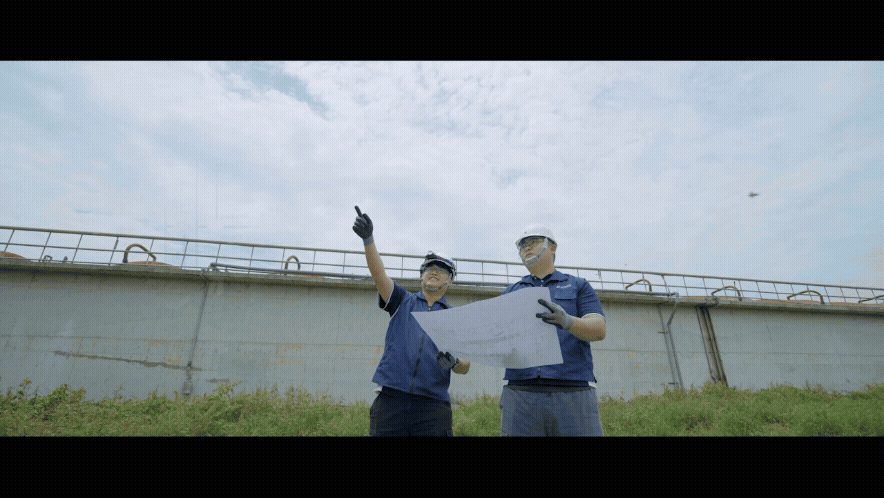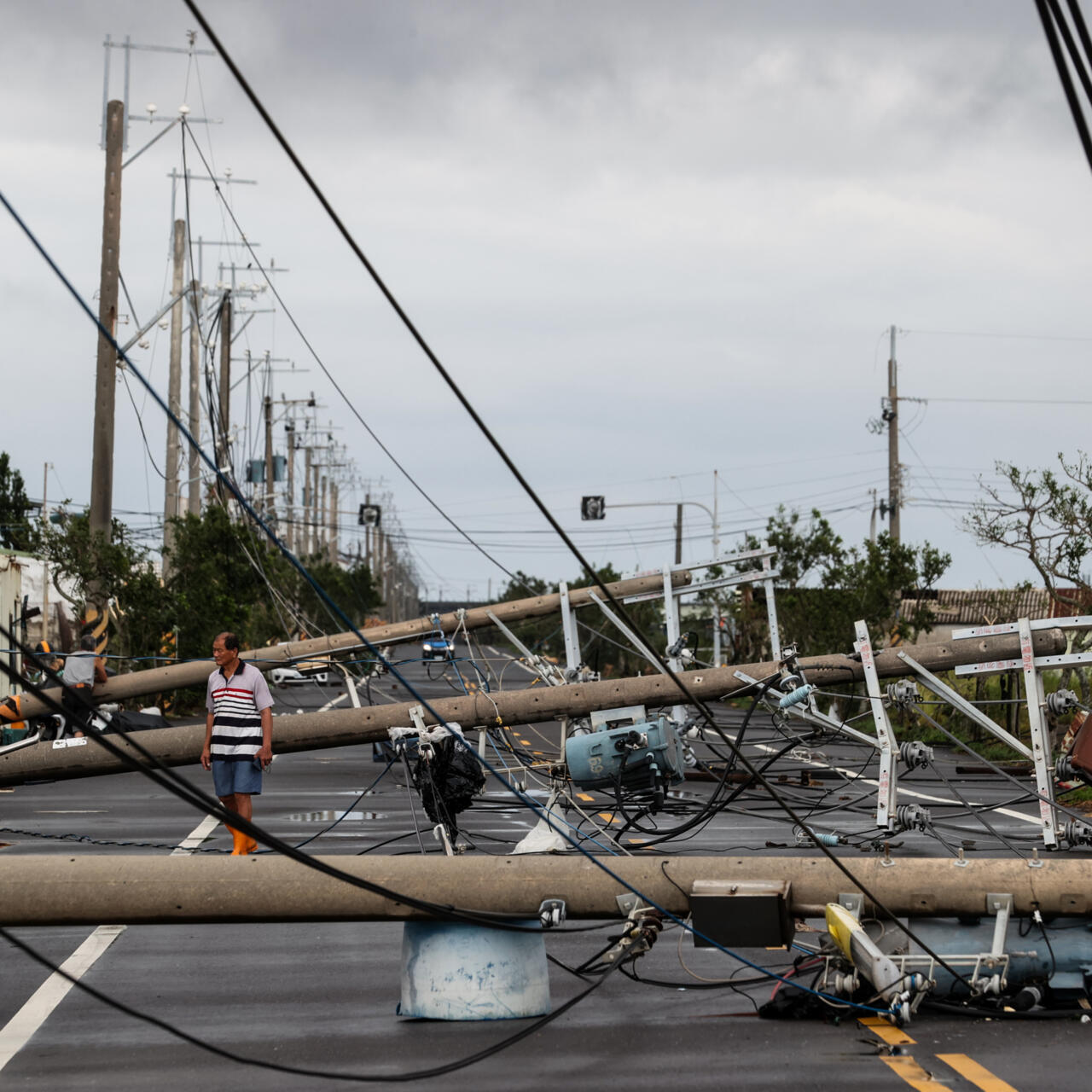
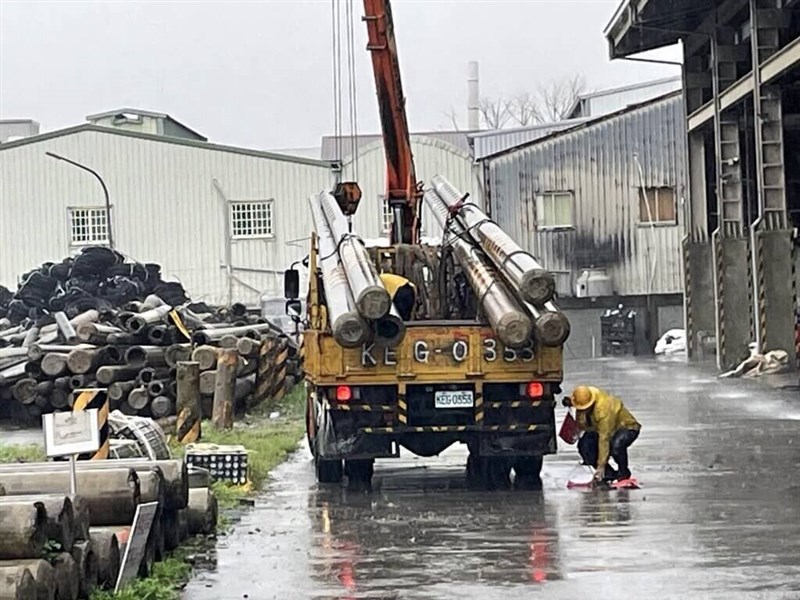
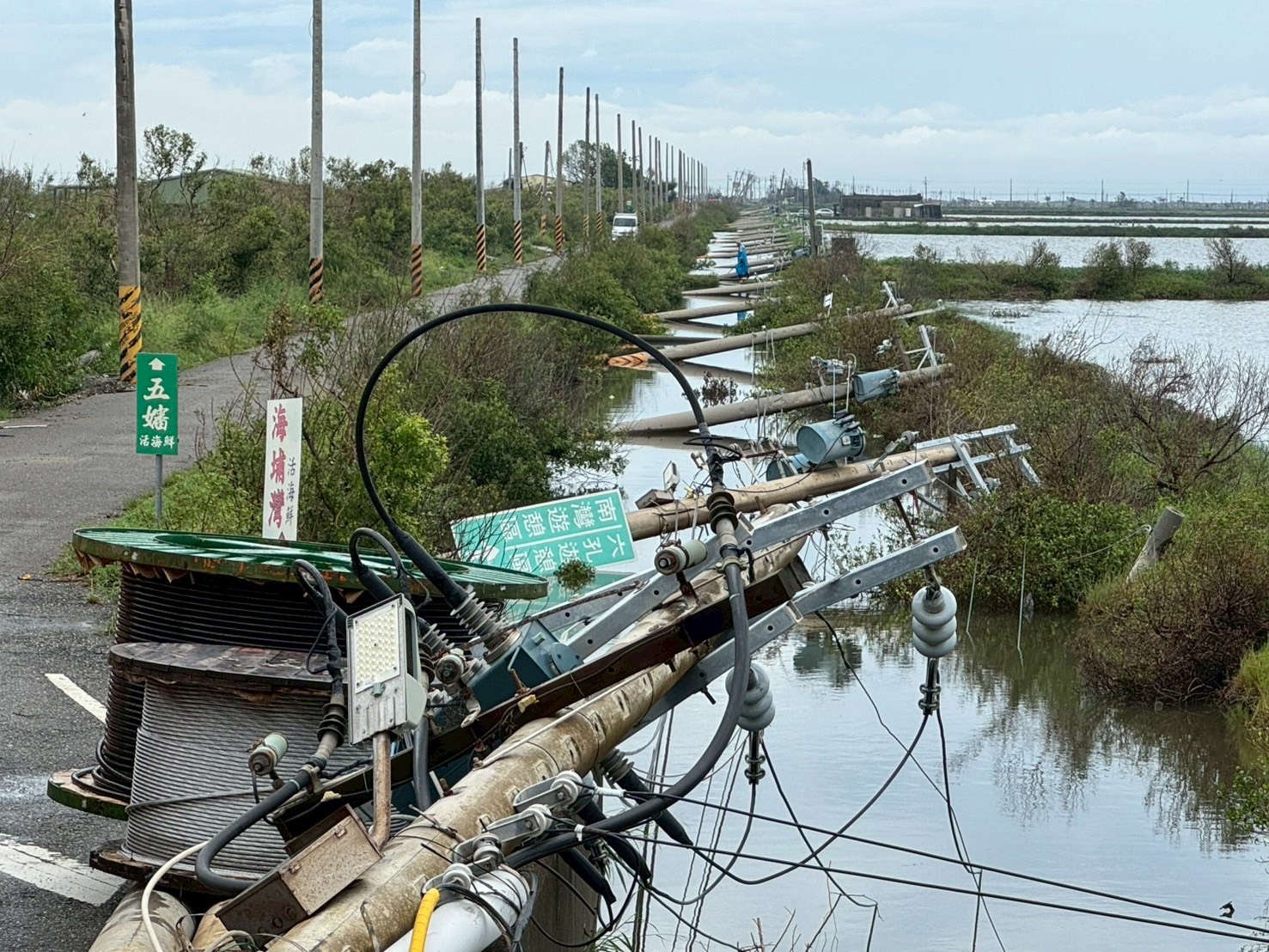
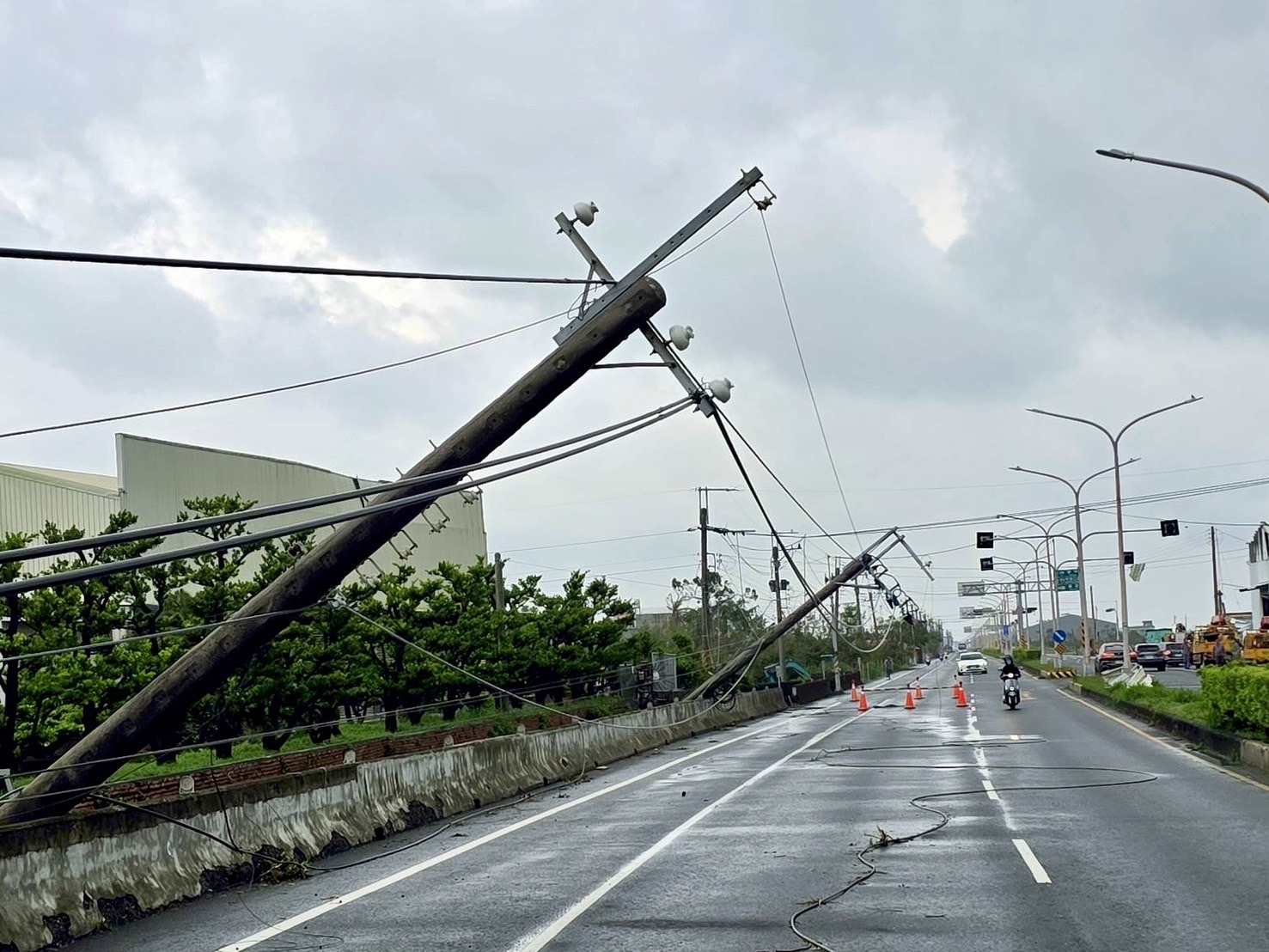
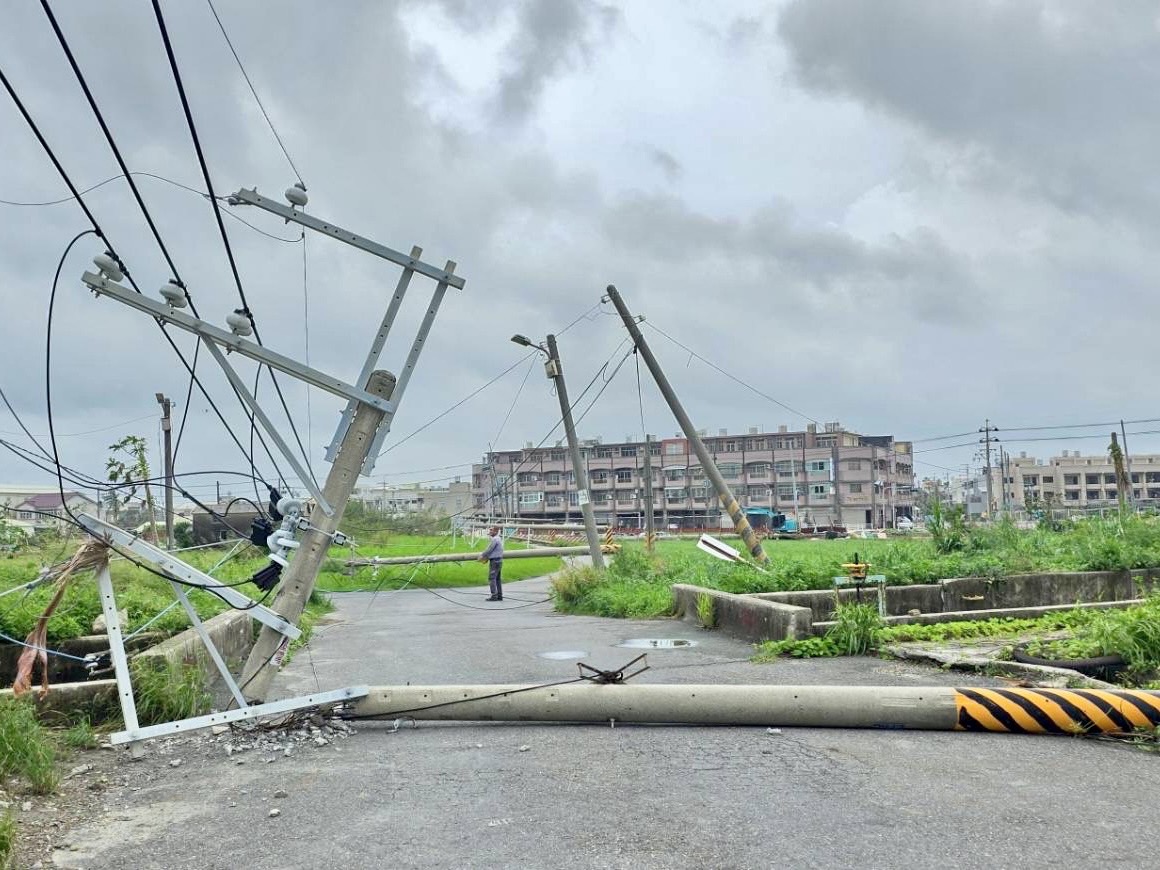
Typhoon Danas, the first of the 2025 Pacific season, struck Taiwan on July 6 and 7. At its peak, nearly one million households lost power, paralyzing homes, businesses, factories, and essential infrastructures. Over 2,500 power poles were damaged—more than half in Tainan—marking one of the worst grid disruptions in recent memory.
A week later, nearly 10,000 households in Southern Taiwan remain without electricity, many in remote or high-demand areas of Tainan and Chiayi. Restoration efforts continue day and night, but manpower shortages, heavy rainfall, and terrain challenges (fallen trees, muddy site access) remain significant hurdles to fully completing the restoration.
As of July 13, the estimated losses to agriculture, private property, and educational institutions reached nearly NT$3 billion (US$102.6 million).
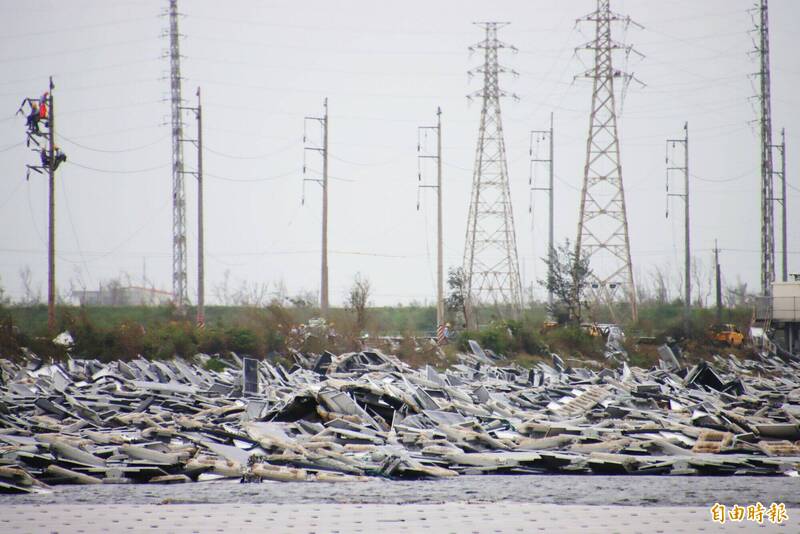
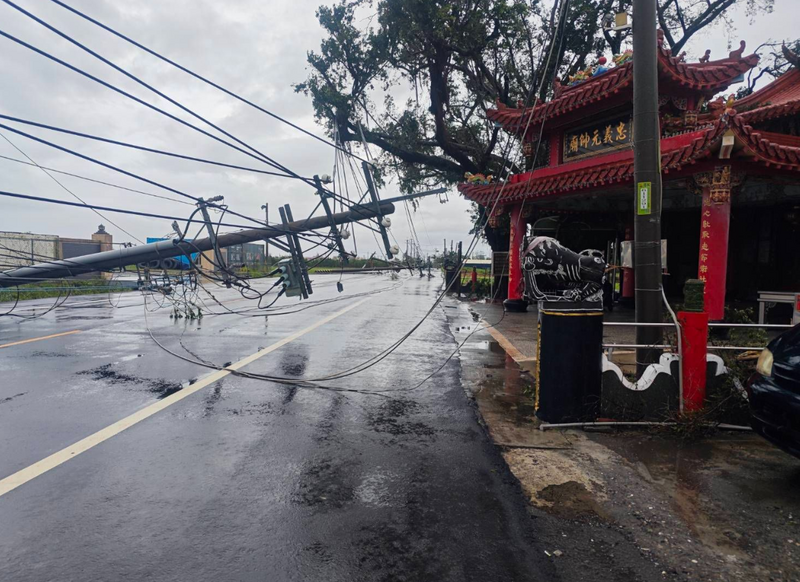
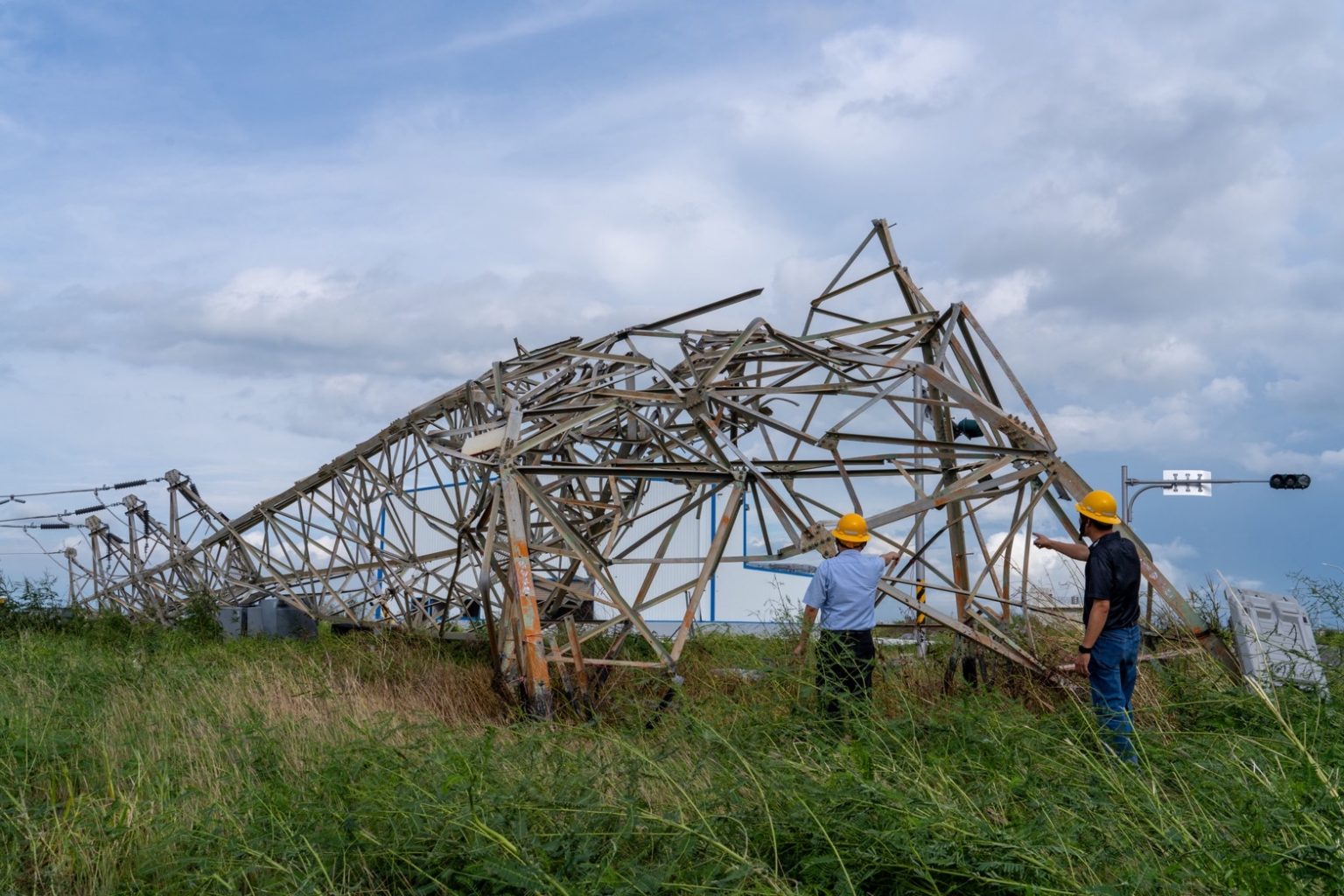
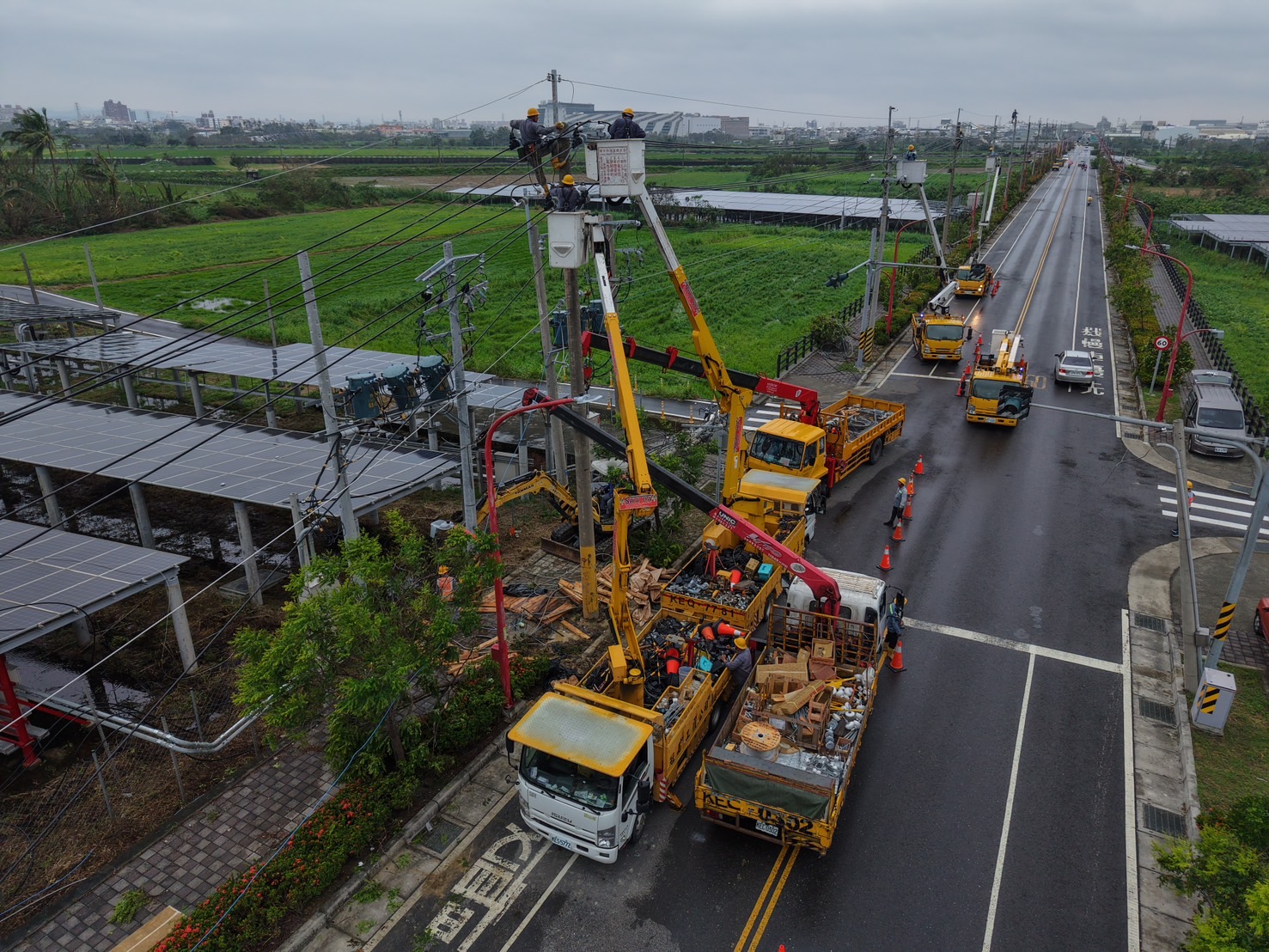
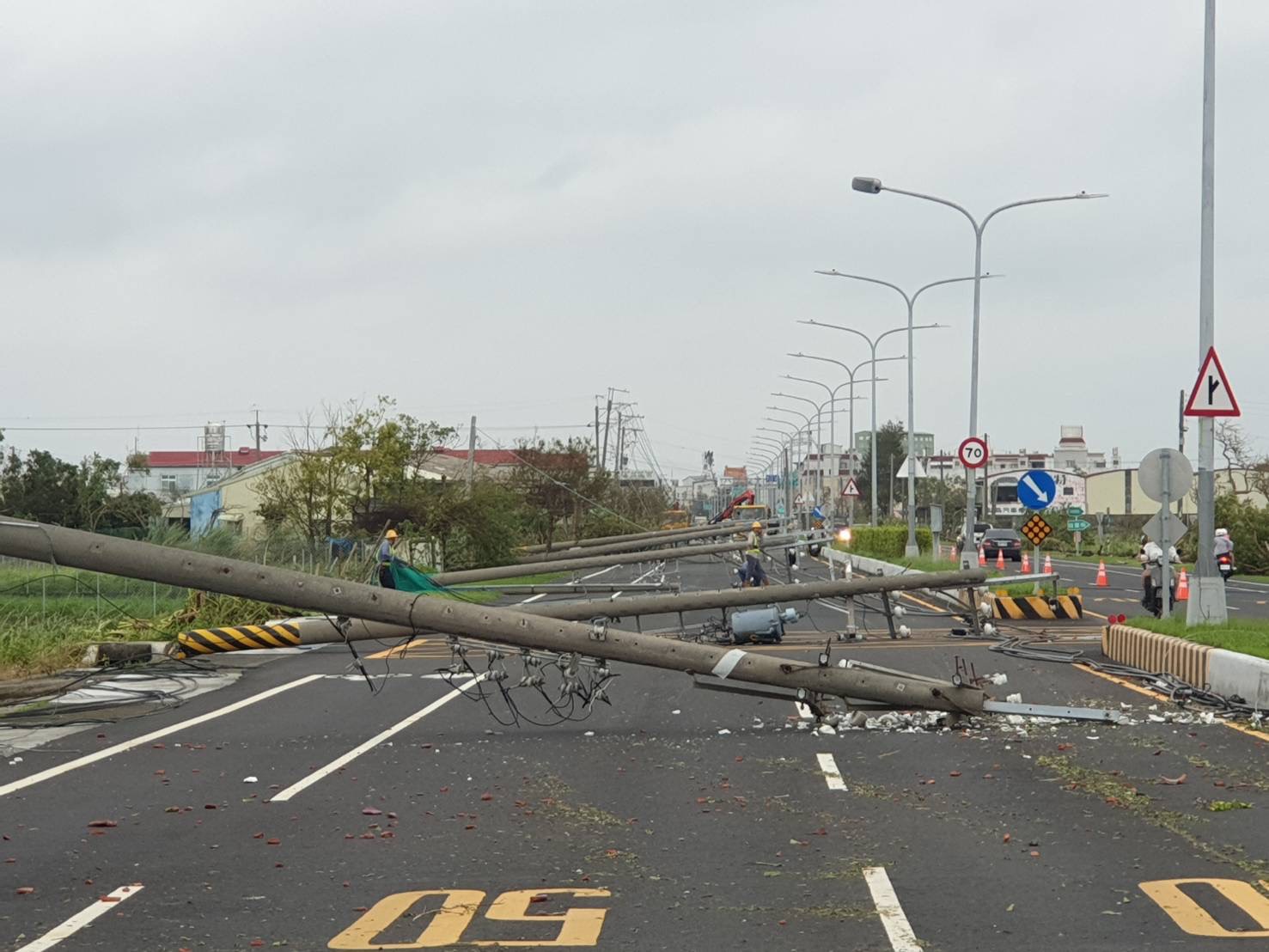
We Need Smarter, More Distributed Power
Every outage tells a deeper story: halted production lines, spoiled inventory, interrupted healthcare, and vulnerable communities left without power, communication, and safety. The farther from the city, the longer the delay and the greater the cost.
The centralized grid in Taiwan is robust on normal days, but extreme weather is becoming the norm. It made one thing clear: resilience isn’t about fixing faster. It’s about designing smarter.
We need a shift: toward localized microgrids, intelligent backup systems, and self-sustaining, decentralized power sources that keep communities running even when the grid goes down. Vital not just for factories, but for schools, hospitals, logistics hubs, and rural communities.
Before the Next Typhoon Hits
The next extreme event isn’t a matter of “if,” but “when.” Strengthening our energy infrastructure is a matter of safety, stability, and sustainability.
For those with resilient power systems already in place, such as on-site generation, energy storage, independent microgrids, the story was different. AMPOWER has supported public and private key facilities with energy solutions designed for exactly this kind of disruption: built to detect instability, shift seamlessly into backup mode, and run independently until the grid is restored.
Resilience isn’t something we build after the storm. It’s something we build before. AMPOWER is here to help you do that.
Let’s not wait for the next blackout to take action. Start the conversation today!
[Photo: Johnson Liu (AFP), Taipower, 林宜樟]


